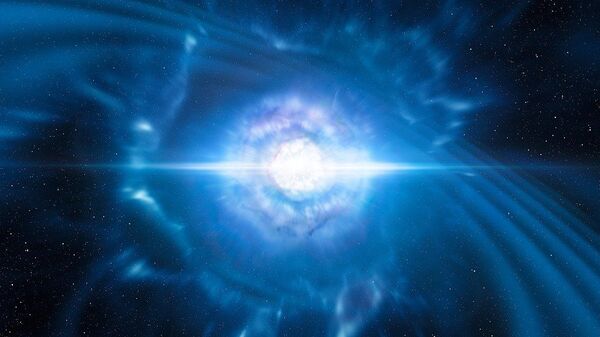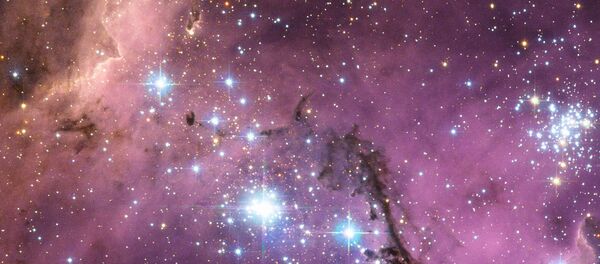The star system V Sagittae is set to burst into a “nova” around 2083, becoming the Milky Way galaxy’s brightest point, which can even outshine Sirius, The Independent reports. The outlet cites a study led by astronomer Bradley E. Schaefer from Louisiana State University who says they strongly predict that “over the next few decades, the star will brighten rapidly” amid its dramatic “death-spiral.”
"Around the year 2083, its accretion rate will rise catastrophically, spilling mass at incredibly high rates onto the white dwarf, with this material blazing away. In the final days of this death-spiral, all of the mass from the companion star will fall onto the white dwarf, creating a super-massive wind from the merging star, appearing as bright as Sirius, possibly even as bright as Venus,” he told the outlet.
V Sge is part of the so-called "Cataclysmic Variable”, which is a normal star, orbiting around a white dwarf and dropping its mass gradually as the gas falls from the bigger companion. But this example is said to be the most extreme CV known, shining 100 times brighter than any others. Although it is still hard to see with a telescope from Earth, it has been getting brighter over the past century, as astronomers have confirmed with historical data.
The process will continue until it reaches a dramatic climax in the last days of these stars, which will merge into one with a white dwarf core.
Although the big boom is expected in 2083, the margin of error is 16 years either way. However, this is going to be a “guest star,” which means that it will not be the brightest in the sky for long.
“Now people the world over can know that they will see a wondrous guest star shining as the brightest in the sky for a month or so, being pointed at by the Arrow just below Cygnus, the Swan,” Schaefer explained.


